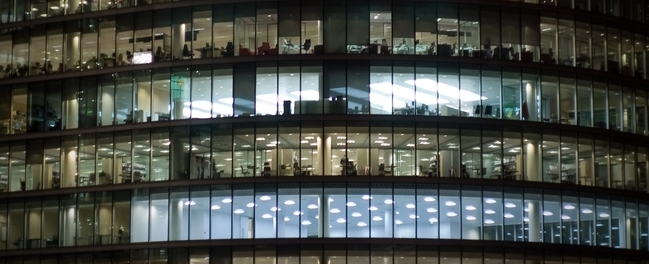
Lighting in buildings is an integral part of architecture. The aim of the architectural design is the lighting design that is compatible with the architectural design that will reveal all visuality.
In addition to the lighting equipment features such as lighting type, light level, color temperature, fixture type to be used in the lighting design, lighting automation is also an important detail. Lighting automation is used for benefiting from daylight, energy efficiency or creating an ambient.
Lighting automation control types are implemented in two ways as on/off and level control. Load control or signal control methods are used in the level control. In the load control, the automation module feeds the lighting load and the fixture feeding cables are connected to the automation module. In the signal control, the load control is carried out by the drives on the fixture. The automation module controls the fixture drive.
Lighting automation implements scenarios for the fixture control. These scenarios run according to time, the use of the ambient and the level of light. For this purpose, asset sensors, motion sensors, brightness level sensors are used. At the same time, curtain/shutter/blind controls for daylight control are controlled by the lighting automation modules.
Another method used in the control systems is common communication protocols. In this method, the lighting controls are carried out not by the automation modules but by the drives that can communicate on the fixture. The lighting automation communicates with these drives and implements the control scenarios. DMX protocols used in BRANCH and professional light systems used only for lighting purposes are quite commonly used.